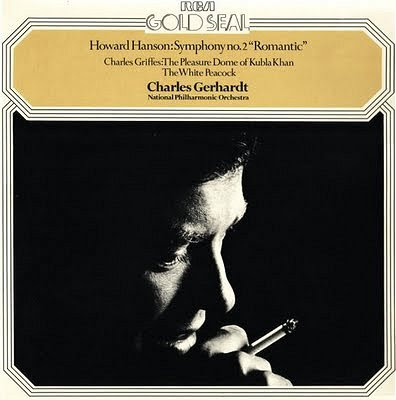Is AutoGenius the shape of things to come?

A reader at the University of Memphis has drawn attention to an announcement from the university's Institute for Intelligent Systems which gives details of a project funded by Sony and the Glenn Gould Foundation to create a concert re-performance of Gould's legendary 1955 Goldberg Variations recording. The Institute for Intelligent Systems is an interdisciplinary group famed for its cutting-edge work in cognitive science and artificial intelligence under the leadership of Dr Art Graesser. In 2005 Art Graesser's team in Memphis worked with David Hanson to create the legendary Philip K. Dick android and the Glenn Gould re-performance will utilise technologies developed for that project working in collaboration with Hanson Robotics.
Hanson Robotic's exclusive interactive mechanics and patented Frubber(tm) “flesh rubber”, a spongy elastic polymer that expertly mimics the movement of real human skin, are being used to make the Glenn Gould android perform at the keyboard in a totally lifelike manner. But what makes the project of particular importance is the AutoGenius(tm) software being developed at the University of Memphis to create the robot Gould's performance. Using cognitive psychology techniques pioneered in the Institute for Intelligent Systems' AutoTutor Emotions project, the new software will enable the android pianist to deliver unique interpretations that respond interactively in real time to sensory stimuli during the re-performance.
According to the project summary the audience will hear a re-performance that is determined by two sets of inputs processed by the AutoGenius software. Immediately before the performance an 'interpretative macro' is created from data inputs that were known to influence Gould in real life, including numerology, climate and economic factors. These apply small changes of tempi, dynamics and phrasing to a master file of Gould's definitive 1955 recording of the Goldbergs, and the resulting interpretative macro is used as the playback master for the re-performance.
During the android recital sensors in the hall measure a number of micro variables including ambient temperature, audience body and eye movements and ambient noise level. These micro variables are applied in real time to the pre-determined playback master, allowing the android pianist to respond to interactive engagement with the audience. The project summary explains that authenticity will be preserved by capping the variables within limits determined by Glenn Gould scholar Junichi Miyazawa.
There have been previous unsuccessful attempts to technologically leverage the Glenn Gould legacy, and using intelligent systems to create re-performances is certain to be controversial. However, a number of factors combine to make the Glenn Gould android project particularly bankable. It comes with the imprimatur of Sony, the Glenn Gould Foundation, the University of Memphis and a leading Gould authority. And with the AutoGenius software ensuring that each recital is a unique and plausible music experience the project has considerable box office and social media potential - the Philip K. Dick android is a YouTube perennial, see video below.
The project has a two year build and test period and the header photo shows the robot pianist at proof of concept stage; Android Glenn's Goldbergs debut will be at the Town Hall, New York on January 11th, 2015, sixty years to the day that the pianist first wowed critics playing Bach, Beethoven, Berg, Gibbons, Sweelinck and Webern. Is AutoGenius the shape of things to come? More technology in Glenn Gould's love affair with the microphone.
* Update April 2 - watch a discussion of the android Glenn on this new YouTube video from 32.30"
With thanks to University of Memphis reader Peter Everest for the heads up. Header image University of Memphis Institute for Intelligent Systems. The newly published Losing the Head of Philip K. Dick provides valuable background on intelligent systems androids, my copy was borrowed from Norwich library. Philip K. Dick, incidentally, links to my paths on gnosticism. Any copyrighted material on these pages is included as "fair use", for the purpose of study, review or critical analysis only, and will be removed at the request of copyright owner(s). Report broken links, missing images and errors to - overgrownpath at hotmail dot co dot uk Also on Facebook and Twitter.









Comments